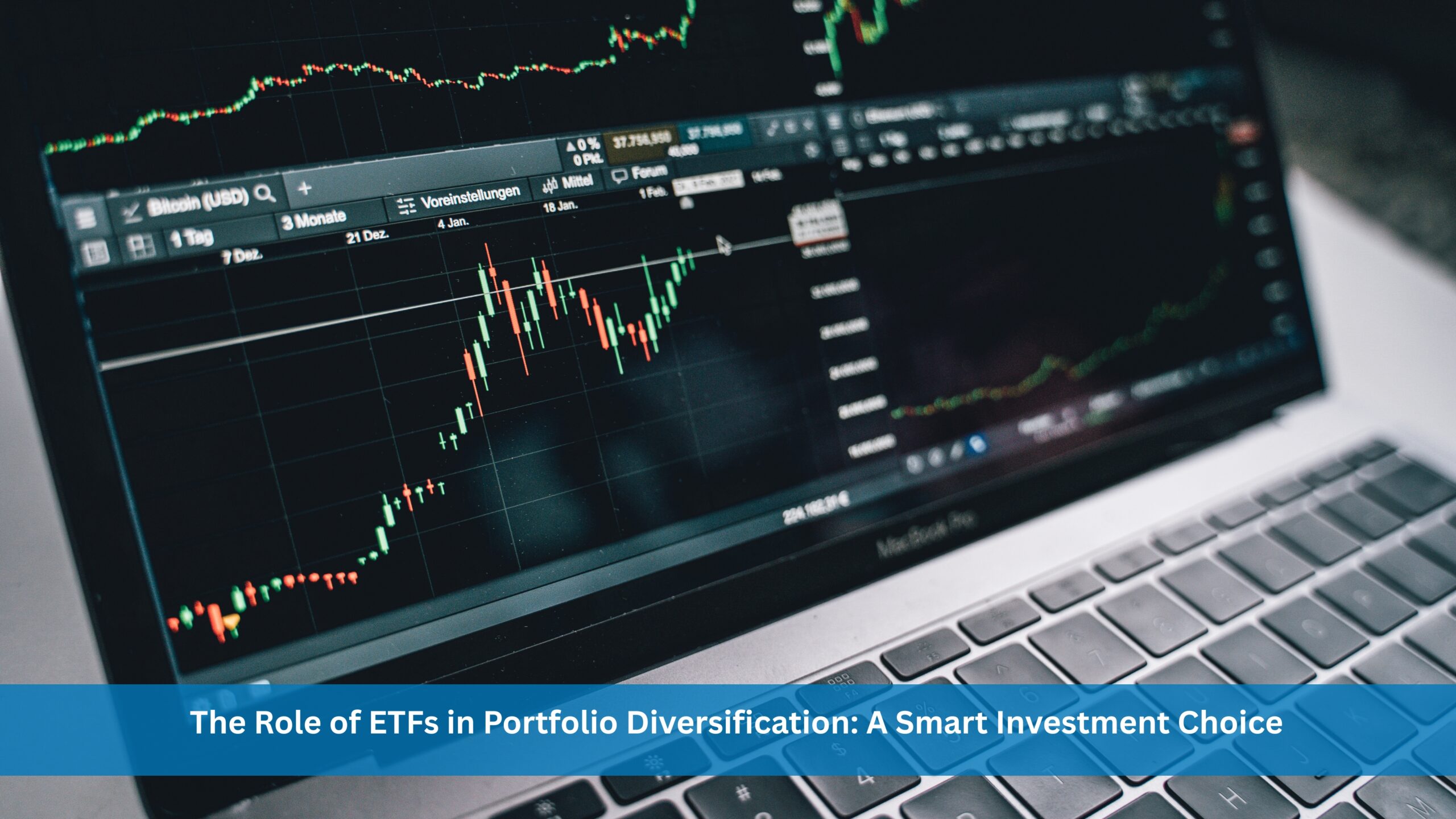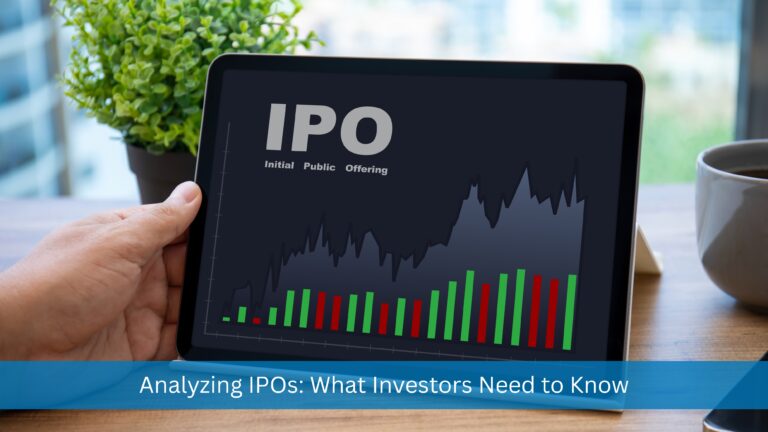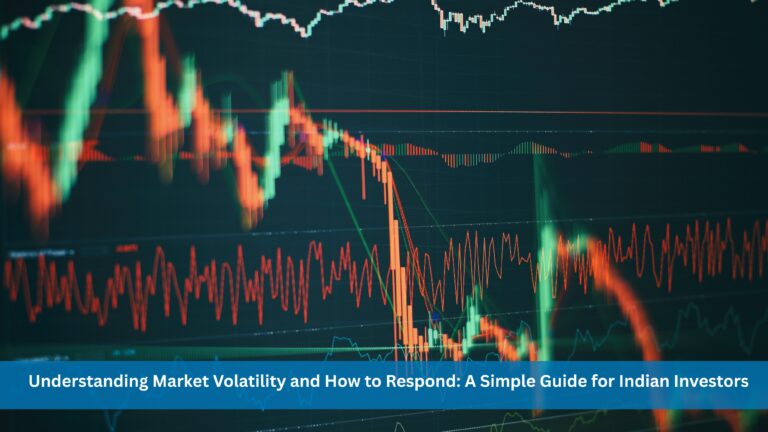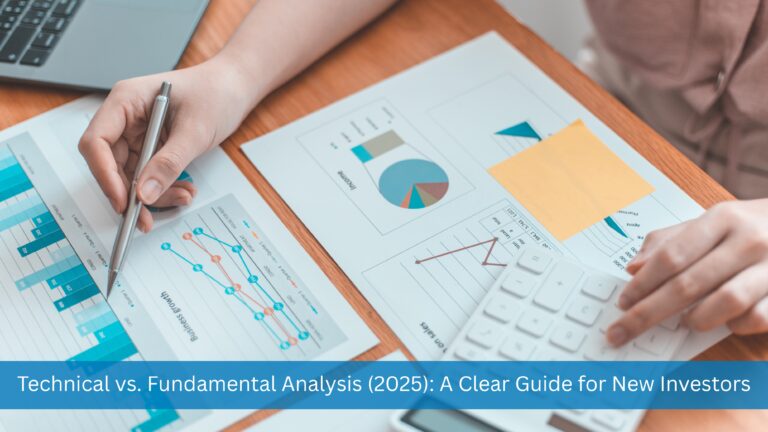The Role of ETFs in Portfolio Diversification: A Smart Investment Choice
When it comes to building wealth, one golden rule investors follow is diversification—not putting all your eggs in one basket. But how can regular investors do that without needing to buy 50 different stocks or assets?
That’s where ETFs, or Exchange-Traded Funds, come into play. They are gaining popularity among Indian investors, especially those looking for a simple, low-cost way to spread risk and grow their money.
In this article by Your Stories, we explain everything you need to know about ETFs and how they can help you diversify your portfolio.
What Is an ETF?
An ETF is a type of fund that holds a bunch of different assets—like stocks, bonds, or commodities—and trades on the stock exchange, just like a regular stock.
So instead of buying shares of one company, you’re buying a basket of companies through a single ETF. For example, the Nifty 50 ETF includes shares of 50 of India’s top companies.
Why Should You Consider ETFs?
Here are a few reasons why ETFs are a great option for diversification:
- Low Cost – ETFs usually have lower fees than mutual funds because they are passively managed.
- Instant Diversification – With just one ETF, you can invest in many sectors and companies at once.
- Easy to Trade – You can buy and sell ETFs anytime during market hours, just like any stock.
- Transparency – ETFs disclose their holdings every day, so you know exactly where your money is going.
Types of ETFs in India
Here are some popular types of ETFs that Indian investors are using:
- Equity ETFs – Track major stock market indices like Nifty 50 or Sensex.
- Debt ETFs – Invest in government or corporate bonds, good for stable returns.
- Gold ETFs – Invest in gold digitally without the hassle of storing physical gold.
- International ETFs – Get exposure to global markets like the US or China.
- Sectoral ETFs – Focused on specific sectors like banking, technology, or energy.
How ETFs Help Diversify Your Portfolio
Let’s say you invest only in one stock—if that company doesn’t perform well, your entire investment suffers.
But with an ETF, your money is spread across many companies. So if one does badly, others might still do well, balancing out the risk.
Example: The Nifty Bank ETF includes top Indian banks like HDFC Bank, ICICI Bank, and Kotak Mahindra Bank. If one stock falls, the others can help cushion the loss.
ETF Growth in India
The Indian ETF market is growing rapidly. According to reports from AMFI (Association of Mutual Funds in India), ETF assets have crossed ₹6 lakh crore in early 2025.
Gold ETFs and index ETFs are especially popular among young investors who want to start small but grow big.
How to Start Investing in ETFs
- Step 1 – Open a Demat and Trading account with a trusted broker.
- Step 2 – Choose an ETF that matches your goal (growth, safety, etc.)
- Step 3 – Place an order during market hours.
- Step 4 – Track your ETF like you would any stock.
Tip: Don’t just invest blindly. Read the factsheet of the ETF to understand what it holds.
Final Words
ETFs are a smart, beginner-friendly way to invest. They give you access to a wide variety of assets at low cost, and they make it easier to build a balanced portfolio.
Whether you’re a student starting your first SIP or a working professional saving for the future, ETFs deserve a spot in your financial journey.
To learn more about investing made simple, stay tuned to Your Stories—your guide to money, markets, and more.







